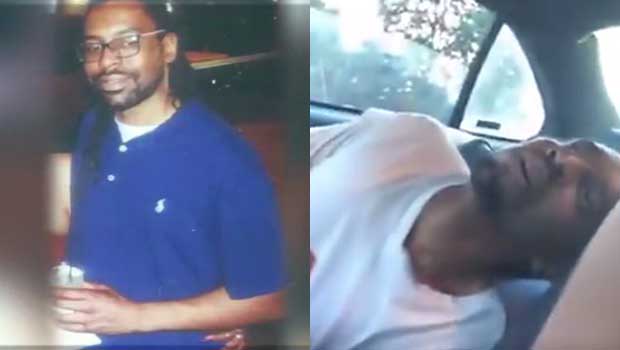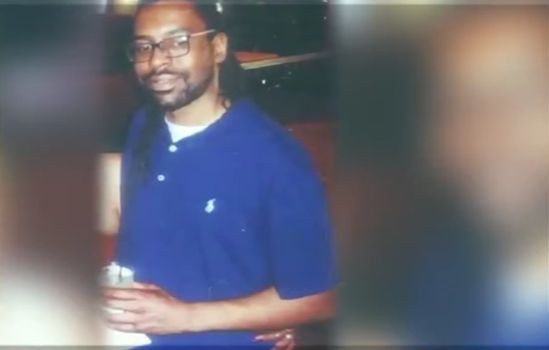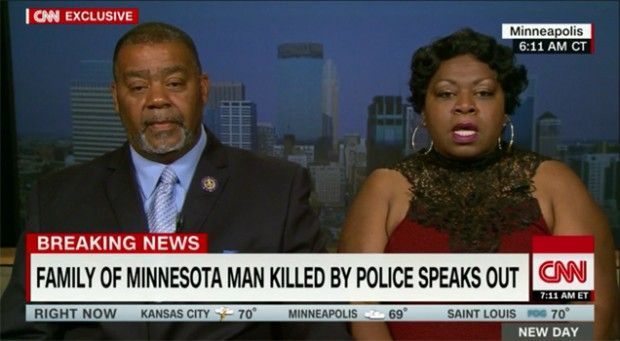A Day After Alton Sterling’s Death, Police Shoot and Kill Philando Castile


As America is still reeling from the death of Alton Sterling – the black man who was shot by a police officer in Baton Rouge on Tuesday morning – another tragedy has surfaced, with heartbreaking similarities.
Philando Castile, 32, was fatally shot by a police officer who pulled him over in Falcon Heights, Minnesota, on Wednesday night. Also present in the car at the time were his girlfriend and her daughter.
The woman, identified as Diamond Reynolds, filmed the immediate aftermath of the shooting from her place in the front seat and streamed it live on Facebook. (WARNING: Graphic content.)
“We got pulled over for a busted taillight,” Reynolds begins. “And the police […], they just killed my boyfriend.”
She then explains that Castile was reaching for his ID while warning the officer that he was carrying a licensed gun. The officer, who works for the St. Anthony Police Department, then shot Castile, a black man, in the arm.
The graphic video shows Castile lying unresponsive and covered in blood in the front seat, with the officer still pointing his gun at him while waiting for backup. The officer claims he told Castile to not reach for his ID, which Reynolds denies.
“Please don’t tell me he’s dead. Please don’t tell me my boyfriend just went like that,” she tells the camera. “[…] Please, officer, don’t tell me that you just did this to him. You shot four bullets into him, sir.”
Castile was later taken to Hennepin County Medical Center in Minneapolis, where he was declared dead.
These events occurred barely a day after Sterling, 37, was killed. At least two videos have surfaced showing Sterling being tackled and held down by a Baton Rouge police officer, and then shot multiple times.
The outrage sparked by this footage will doubtlessly be enhanced by this latest death and the circumstances revealed by Reynold’s Facebook video.

In a CNN interview, Castile’s mother, Valerie Castile, said: “I know for a fact my son would never jeopardize his fiancee and the child by doing anything to provoke the officer.”
“Everybody that knows my son knows he is a laid-back, quiet individual,” she added. “He’s not a thug.”
Mrs. Castile stressed that she had taught her son to be compliant when dealing with police.
“This was something that we always discussed: Comply. […] That’s the key thing. In order to try to survive being stopped by the police is to comply. Whatever they ask you to do, do it,” said Castile.
The events of recent days, however, seem to indicate that, for black men dealing with police in America, compliance is no guarantee.
